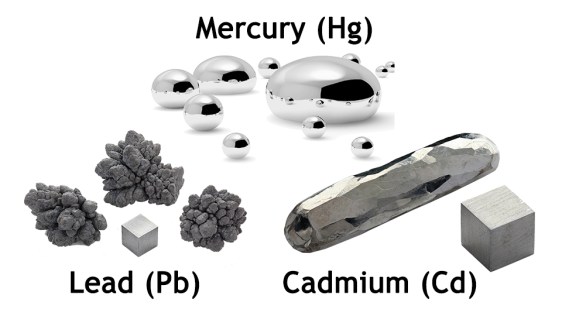Testing RoHS Compliance with XRF Analysis
“RoHS directive encourages manufacturers to reduce the use of hazardous & toxic materials to ensure user safety and product reliability while preventing future environment pollution.”

Benefits of RoHS Directive & Certification
Complying with the RoHS directive can encourages manufacturers to:
Contribute to a cleaner environment with stricter quality process control, overall reduced number of defects and increased production efficiency.
Competitive advantage towards customers who prefers manufacturers and companies implementation of environmental standards.
Eliminate harmful exposure (e.g. heavy metal poisoning) during manufacturing, recycling and disposal process.
Improve product reliability that assures of product safety thus improving sales and popularity.
Reduce toxicity pollution to humans and the environment as an initiative to improve ecological sustainability (i.e. landfill contamination and poisoning cases) and energy efficiency.
List of Restricted Materials

Lead (Pb) | Mercury (Hg) | Cadmium (Cd) | Hexavalent chromium (CrVI) | Polybrominated biphenyls (PBB) | Polybrominated diphenyl ethers (PBDE) | Phthalate esters (DEHP, BBP, BBP, DIBP)
RoHS Compliance with XRF Testing

X-Ray Fluorescence Spectroscopy (XRF), is a non-destructive test (NDT) method that analyses the elemental composition of materials almost instantly. It is a common test method for RoHS compliance accordingly to ASTM F2617.
XRF comes in 2 platforms:
Hand-held XRF are light, portable and usable during on-and-off site, without relocation of bigger measuring samples, at any time.
Benchtop XRF are slightly heavier, stationary analyzers with more or the same capabilities as the hand-held version.